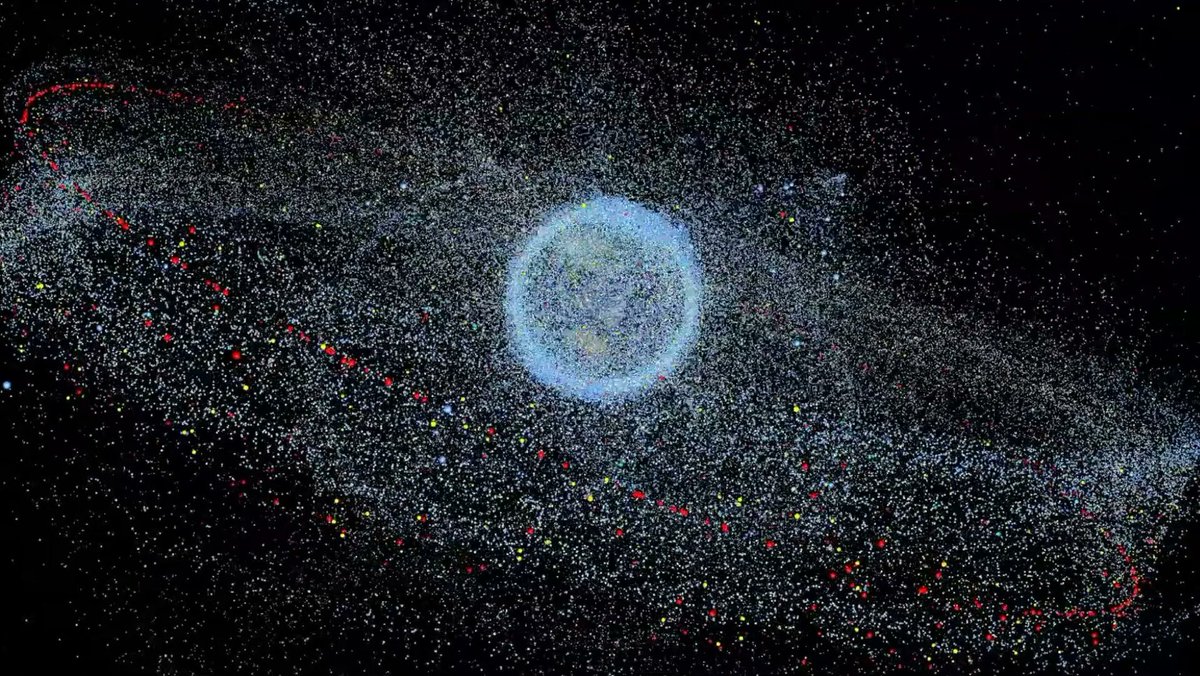Earlier this month, the Russian military conducted an anti-satellite (ASAT) missile test, launching a PL19 Nudol interceptor missile at a now-defunct Soviet-era intelligence satellite, KOSMOS 1408. The impact obliterated the spacecraft, creating a debris field consisting of approximately 1500 pieces of trackable debris, and potentially hundreds of thousands of pieces that are too small to monitor with ground-based radar. In the aftermath of the test, the debris field crossed the orbit of the International Space Station (ISS) repeatedly, causing the crew to take emergency precautions and shelter in their descent capsules, ready for a quick return to Earth in the event that the station was hit.
While the station and its crew escaped without harm this time around, the November 15 test demonstrated far too clearly that ASATs pose a real danger to human life. They can also wreak havoc on the rest of Earth’s space infrastructure, like communications satellites and other orbital systems. Debris from an ASAT test remains in orbit long after the initial incident is over (the higher the orbit, the longer lasting the debris), and if humanity’s space infrastructure is to be sustainable, the era of ASATs must come to an end, and soon.
Continue reading “It’s Time to Stop Doing Anti-Satellite Tests”
